NSF backs bioinformatics approach to understanding plant RNA modifications
Scienmag
AUGUST 4, 2020
Led by Boyce Thompson Institute’s Andrew Nelson, four partners will identify RNA modifications and develop resources that may lead to hardier crops Credit: Photo credit: Anna Nelson Dittrich ITHACA, NY, August 4, 2020 — RNA perform a variety of functions in cells, helping with everything from regulating genes to building proteins.

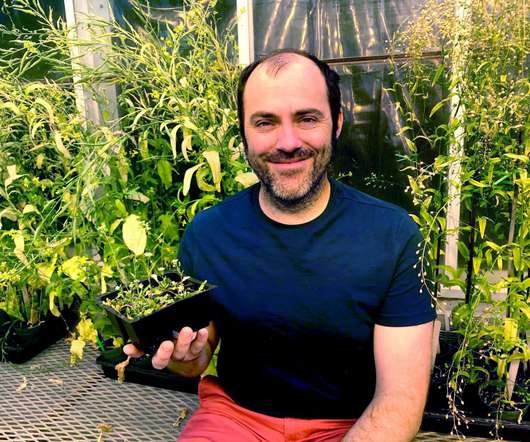






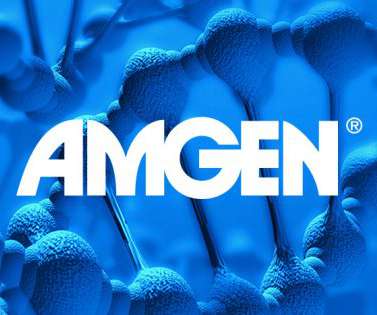
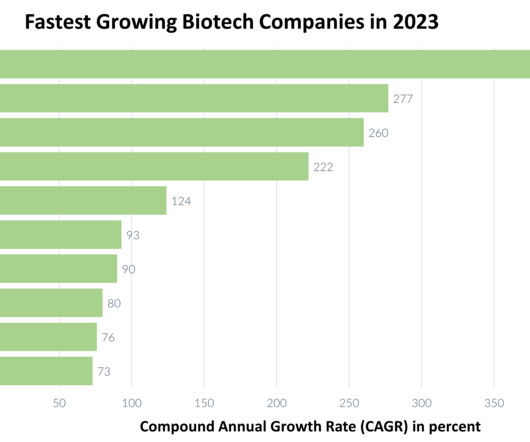
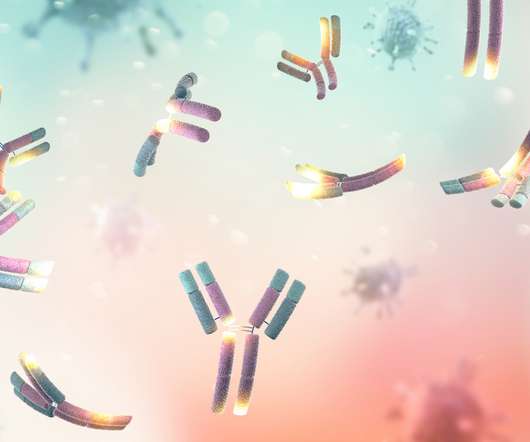
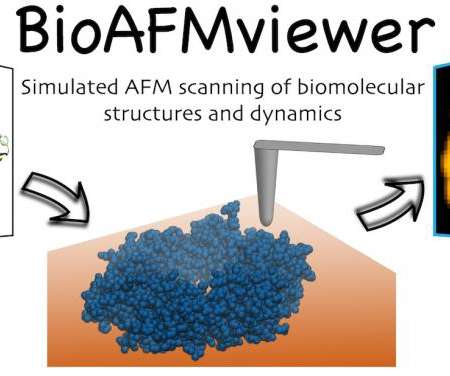







Let's personalize your content